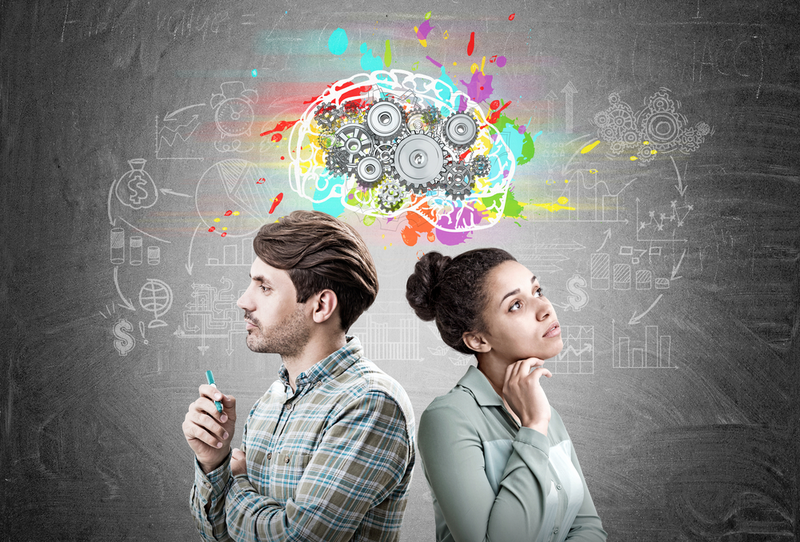ATD Blog
3 Ways to Use Cognitive Biases to Boost Learning and Retention
Thu Apr 04 2019

How much information do you think your brain receives during a typical day?
A study conducted by researchers at the University of California–San Diego, led by Roger Bon, determined that people take in an average of 34 gigabytes of information per day. No longer conceptualized in terms of words or pages, this measurement is presented in technology size and storage terminology. According to an article on the Tech 21 Century blog, through phones, online entertainment, the Internet, email, TV, radio, newspapers, books, social media, and so forth, people receive about 105,000 words—or 23 words per second—in half a day, every day. “Although people cannot really read these 105,000 words each day, this is the real number estimated to be reaching the human eyes and ears,” the article notes. Add in pictures, videos, games, and sound, and we’ve got a full hard drive.
What Are Cognitive Biases?
How do we handle all this information? How do our learners adapt to this level of information saturation?
In the face of this enormous amount of daily input, our brains develop subconscious coping mechanisms that we can use to quickly make daily decisions. Mental shortcuts are called heuristics, which are essentially the brain’s way of automating repetitive tasks and decisions.
For example, if you’re familiar with manufacturing, you know that consistent, low-risk tasks and processes are the best options to automate. There are rules in place that automated systems follow, and as long as the rules are not broken, they will produce the desired outcome every time.
But automated systems don’t handle very well any exceptions that break the rules. If someone loads labels upside-down in a labeling machine, you will likely end up with 1,200 jars with upside-down labels before you realize there was a problem.
Similarly, exceptions can cause irrational errors in our decision-making process. A cognitive bias is the result when heuristics fail to deliver the expected outcome.
Currently, 188 cognitive biases have been identified in psychology. While not all of these biases will impact learning, it is important to be familiar with those that might.
Why Should We Care About Cognitive Biases?
Cognitive biases can be both useful and detrimental to learning. They matter to us because they can make learners and designers resistant to incorporating new information, cause learners to remember inaccurate information, or prevent learning from happening altogether.
Typically, learning objectives can be classified under one of four learning goals:
behavior change
retention and recall
critical thinking and problem solving.
For each of these learning goals, biases can affect progress—either positively or negatively. It is important to recognize common biases in order to avoid the negative effects of some and to trigger those that can lead to positive outcomes.
Triggering the Positive
Let’s review three biases that educators can use to their advantage.
Context Effect tells us that people remember things better in the same context where they originally learned the information. When possible, teach or train in the place where learners will be applying the knowledge. They will retain what you teach them better because they are in it.
Self-Serving Bias focuses on the question, “What’s in it for the learner?” Why do we acknowledge the achievements of students as they are learning? Why do gold stars matter? Showing students that they’re doing well is a social bias that bolsters their desire to continue learning.
Picture Superiority Effect is based on the idea that a picture is worth a thousand words. Images and pictures are always more memorable than words alone. Be sure to include them in your presentations and lessons, but choose them carefully.
It is impossible for a person to be completely unbiased; it could even be counter-productive in some cases. As L&D professionals, we cannot forget that biases can keep people from considering new ideas and being open to learning. It’s our job to hold up a mirror and empathize with learners so we can not only grow our own skills, but also create effective learning experiences that are engaging and drive outcomes required for learner and organizational success.
Want to learn more? Join us at the ATD 2019 International Conference & Exposition for the session, Using Cognitive Biases to Enhance Learning and Retention.
